The red dot shows the "radiant" for the Lyrid meteor shower. The radiant is the spot in the sky that the meteors seem to fan out from.
Image courtesy of NASA.
Lyrid Meteor Shower
The Lyrid meteor shower happens every year in April. Meteor showers are times when you can see many meteors or "shooting stars" in one night. Most meteor showers can be seen for several nights. Usually, there is one night - called the "peak" of the meteor shower - when you can see the most meteors. The peak of the Lyrid shower is around April 22nd.
During a meteor shower, it looks like all of the meteors shoot outward from one place in the sky. That point in the sky is called the "radiant" of the meteor shower. The radiant for the Lyrid shower is in the constellation Lyra.
If you want to see Lyrid meteors, go outside at night on April 22nd or one of the nights just before or after that date. You can see more meteors if you can watch from someplace very dark, away from streetlights. If you are lucky, you might see as many as 15 or 20 meteors in an hour! 2009 might be a good year for watching the Lyrids. At the peak of the shower the Moon will be at its waning crescent phase. That means there won't be much bright moonlight (which makes it hard to see meteors).
Sometimes, very rarely, the peak of the Lyrids brings 100 or more meteors per hour. In 1982, observers counted over 90 meteors per hour. In 1803, a newspaper reporter watching the Lyrids "counted 167 meteors in about 15 minutes"! It was probably just such a "Lyrid storm" that caught the eye of Chinese astronomers in 687 BC, who wrote of "stars that fell like rain." Humans have known of the Lyrid Meteors for more than 2,600 years... longer than any other shower!
You might also be interested in:
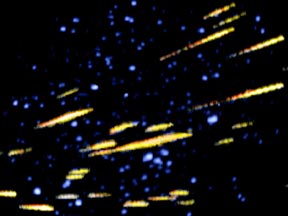
A meteor shower is an astronomical event during which many meteors can be seen in a short period of time. Most meteor showers have a peak activity period that lasts between several hours and a couple of
...more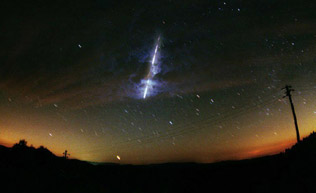
Meteors are streaks of light, usually lasting just a few seconds, which people occasionally see in the night sky. They are sometimes called "shooting stars" or "falling stars", though they are not stars
...more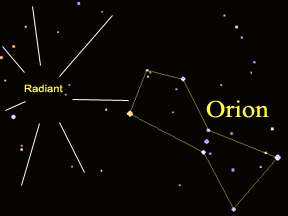
The Orionid meteor shower happens every year in October. Meteor showers are times when you can see many meteors or "shooting stars" in one night. There are several meteor showers each year. Most meteor
...more
The Leonid meteor shower is one of several major meteor showers that occur on roughly the same date each year. The Leonids typically "peak" (are at their greatest level of activity) in mid to late November.
...more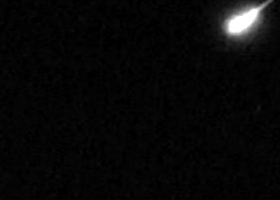
The Geminid meteor shower happens every year in December. Meteor showers are times when you can see many meteors or "shooting stars" in one night. There are several meteor showers each year. Most meteor
...more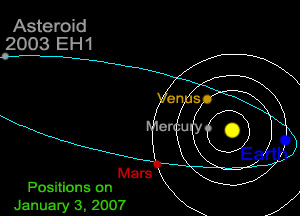
The Quadrantid meteor shower happens every year in January. Meteor showers are times when you can see many meteors or "shooting stars" in one night. There are several meteor showers each year. Most meteor
...more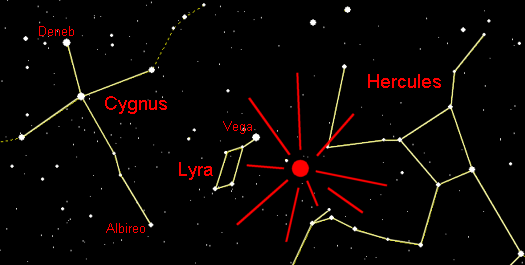
The Lyrid meteor shower happens every year in April. Meteor showers are times when you can see many meteors or "shooting stars" in one night. Most meteor showers can be seen for several nights. Usually,
...more













